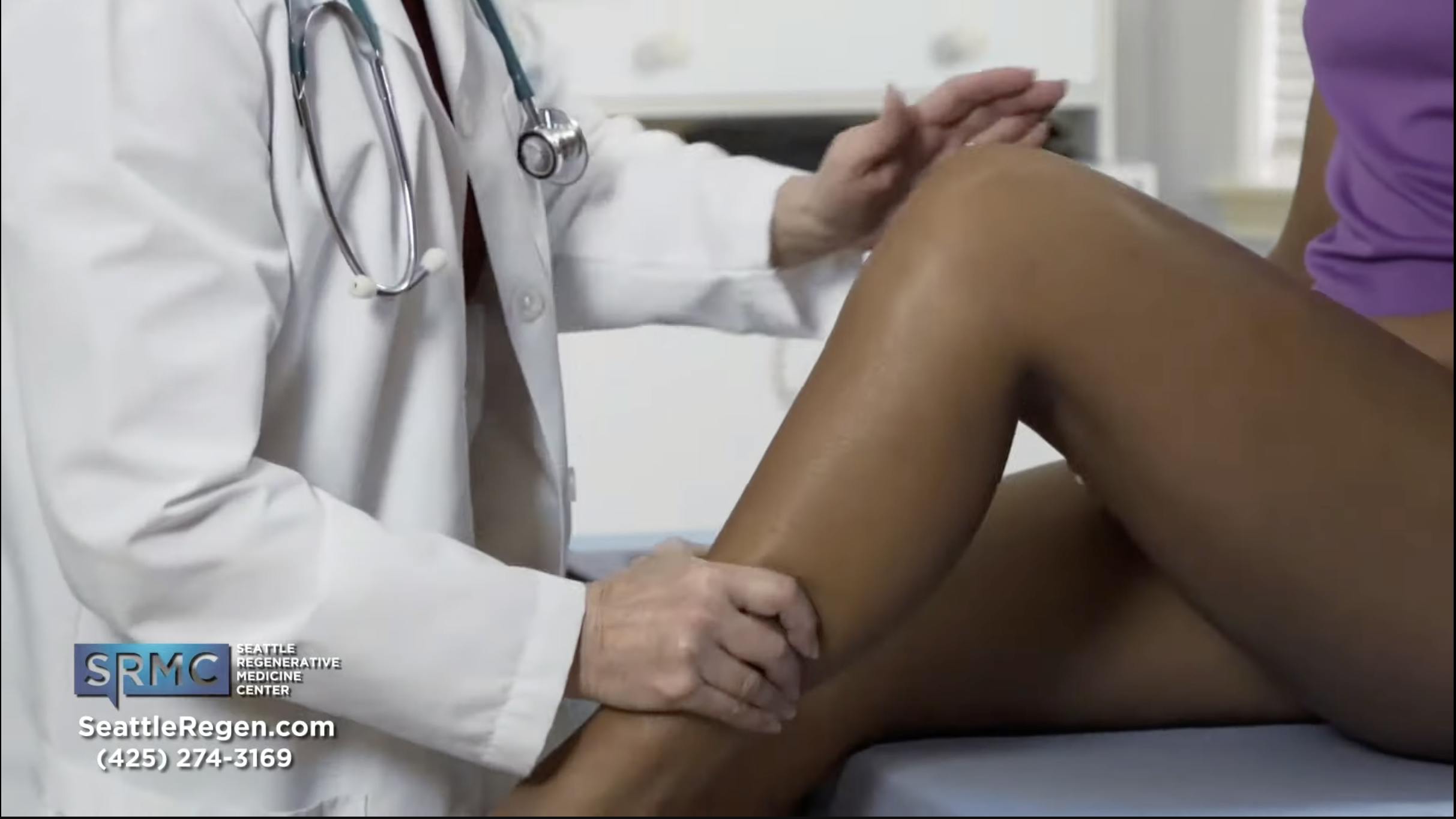If you're struggling with knee pain or have found yourself having to cut down on activities because your knees can't keep up, you may be considering surgery options like partial or total knee replacement. Before undertaking weeks of physical therapy, scars, and surgery for an artificial knee that may only last 15 years, we recommend considering regenerative medicine.
Regenerative medicine and joint preservation – a fresh approach to knee pain.
Dr. Hostetter settled in Seattle and has diligently worked to establish herself as an expert in regenerative cell therapy and joint preservation. She is committed to regenerative medicine’s ability to restore orthopedic function, rejuvenate mental and emotional vitality, and relieve pain without relying on opioid drugs.












